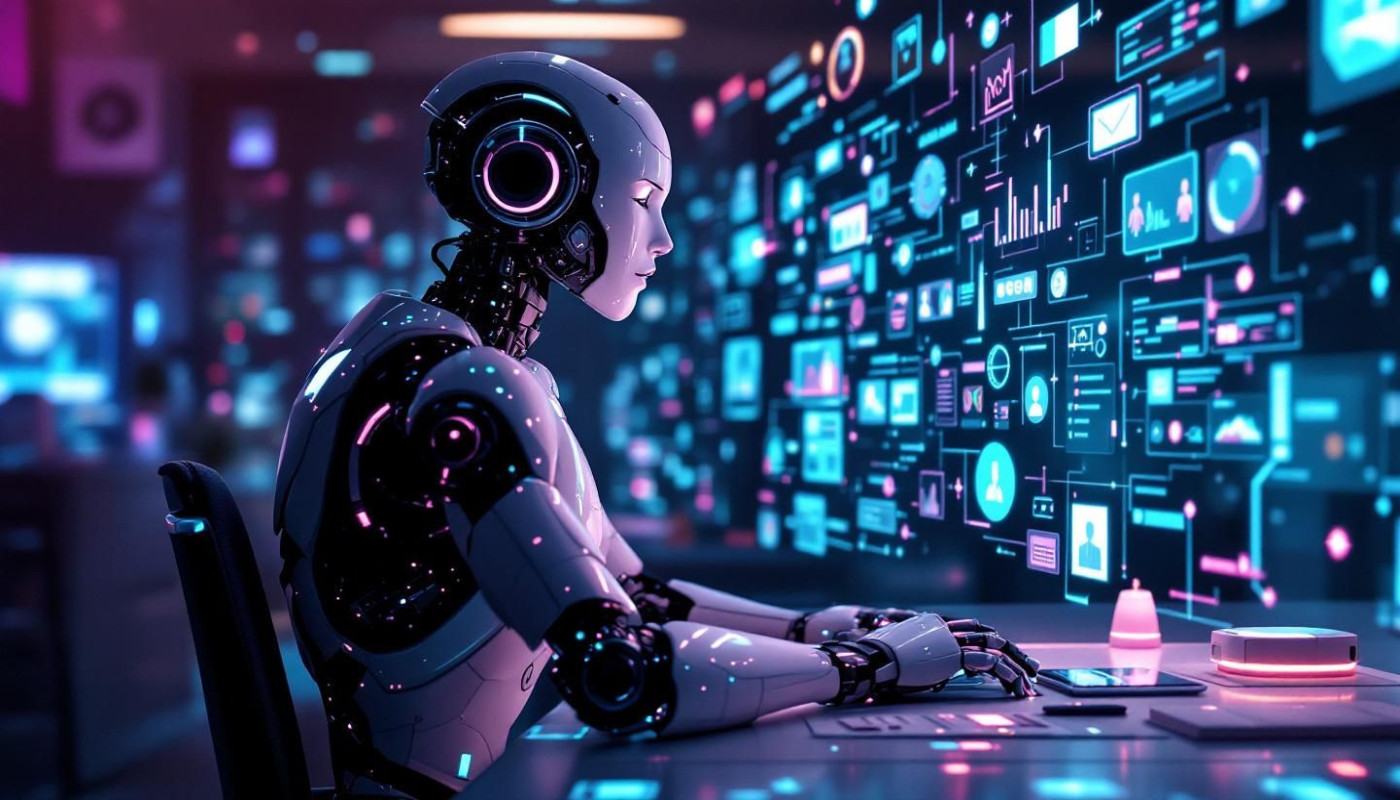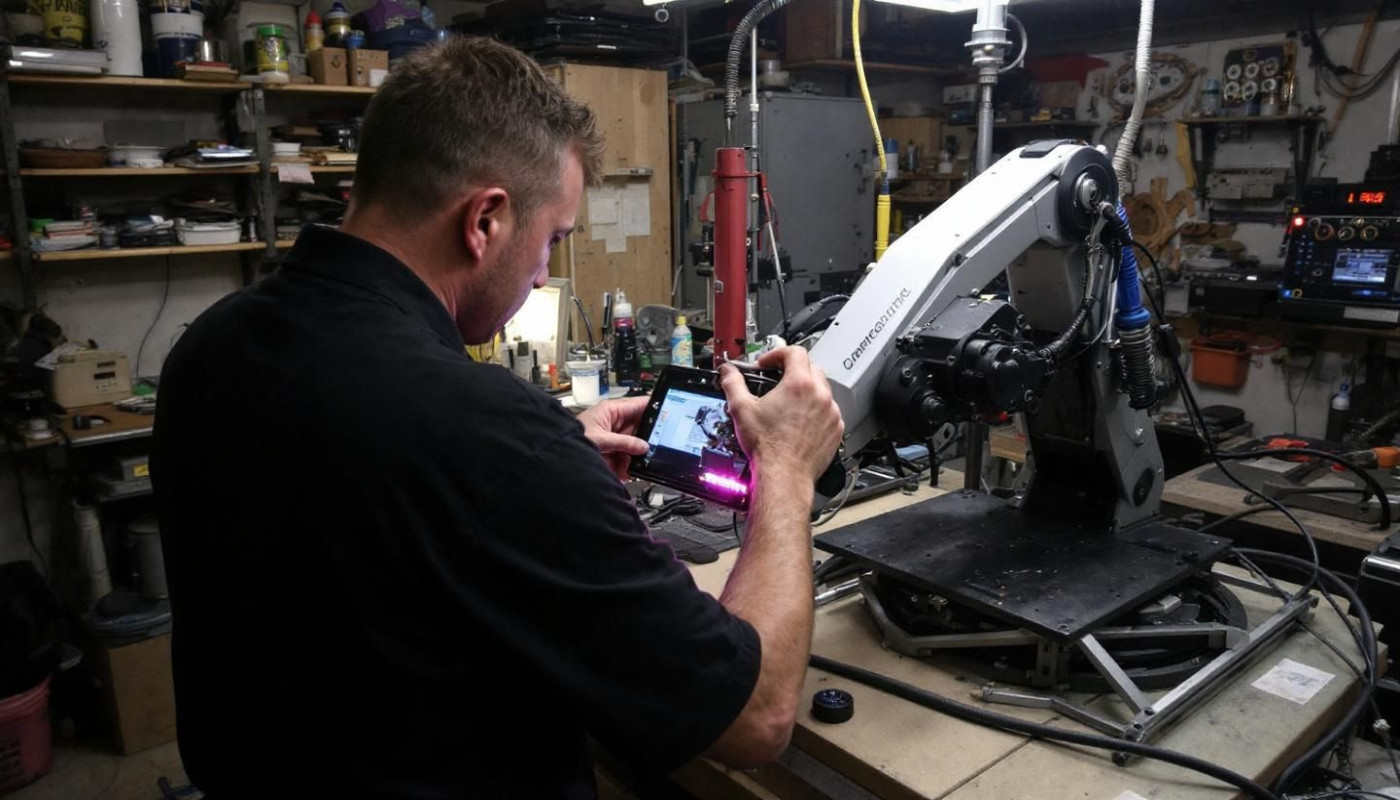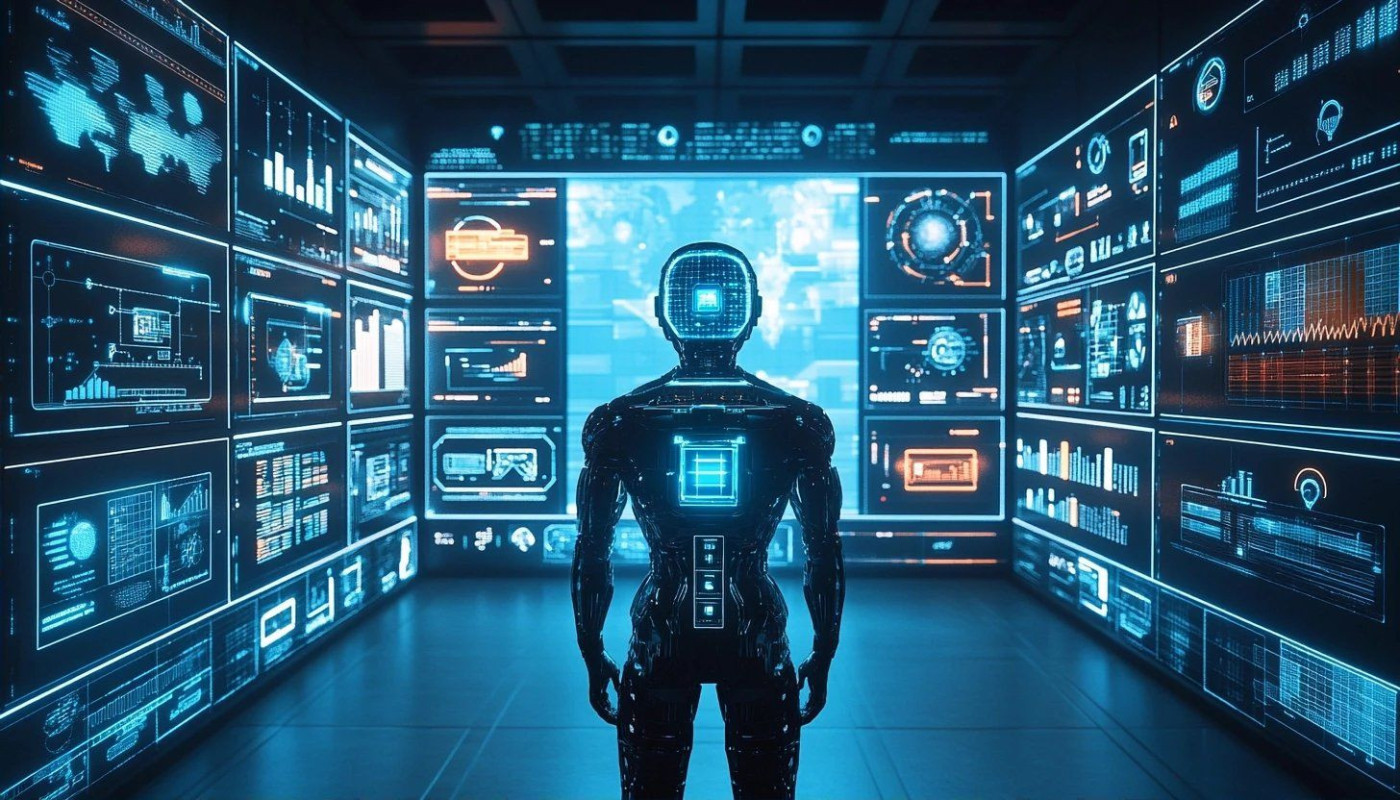Table of contents
The rapid advancement of artificial intelligence is revolutionizing the way visual content is created across multiple industries. This blog post explores how AI-driven technologies are empowering creators, streamlining workflows, and elevating the quality of visuals in previously unimaginable ways. Dive into the upcoming sections to discover the profound impact of AI on visual content creation, and why staying informed is vital for anyone involved in design, marketing, entertainment, and beyond.
Revolutionizing design workflows
AI design tools are dramatically reshaping creative workflow by introducing visual content automation into industries where efficiency and speed are paramount. Through the use of generative algorithms, these platforms automate repetitive and time-consuming design processes, such as image editing, layout adjustments, or content resizing, which once consumed a substantial portion of a designer's day. This shift has empowered professionals in sectors like advertising, publishing, and architecture to shift their focus from monotonous manual labor to ideation and creative problem-solving. As design efficiency improves, teams are now able to prototype concepts rapidly, test multiple visual iterations, and deliver results that keep pace with the fast-evolving demands of digital transformation.
Visual content automation is driving a paradigm shift in how visual assets are produced and refined. AI systems can analyze large datasets to understand trends, preferences, and effective layouts, thereby recommending or generating optimized visual content tailored for specific audiences or campaign goals. This capability is especially valuable for agencies and firms managing high volumes of creative output, enabling them to maintain consistency and quality without compromising speed. The impact of these AI-powered solutions is evident in streamlined workflows, reduced turnaround times, and the ability to scale design production without scaling costs proportionally.
Generative algorithms, at the core of advanced AI design tools, are designed to learn from vast collections of existing images, layouts, and design principles. They enable designers to experiment with a wider range of creative possibilities, as the system handles the repetitive aspects of content creation. This not only leads to higher job satisfaction among creative professionals but also results in more innovative and visually compelling work. For those interested in exploring this new frontier in digital transformation, a practical example can be found by taking the opportunity to visit an AI-powered image generation platform, which showcases the potential of integrating AI into everyday design practices.
Enhancing visual storytelling
AI storytelling has revolutionized the way digital narratives are crafted across various fields by leveraging advanced machine learning imagery and deep learning techniques. These technologies enable content creators to analyze large datasets, understand audience preferences, and generate personalized visuals that align with specific emotional or contextual requirements. For instance, in marketing campaigns, AI can produce content personalization by adapting images and video elements to suit different demographics, ensuring each viewer receives a uniquely relevant experience. Similarly, educational materials benefit from tailored illustrations and infographics that match learning objectives and student profiles, making information more accessible and engaging. In entertainment, machine learning imagery powers the creation of immersive worlds and dynamic characters, enhancing the narrative quality and audience connection. By deploying these sophisticated AI tools, organizations can deliver compelling, context-aware visuals that elevate storytelling and boost engagement across diverse platforms.
Streamlining media production
AI media production is revolutionizing traditional workflows in film, television, and digital platforms. Automated editing systems powered by computer vision can analyze video footage, detect scene changes, and even suggest optimal cuts, which minimizes manual labor and enhances production efficiency. Content creation tools equipped with intelligent algorithms now automate color grading, visual effects, and animation, enabling studios to produce high-quality outputs at a fraction of the previous cost. The integration of computer vision into media workflow also makes it possible to track objects or faces across frames, synchronize audio, and automatically generate subtitles, which accelerates post-production timelines. These advancements mean that creative teams can focus more on storytelling and innovation, while repetitive and technical aspects are handled seamlessly by artificial intelligence, reshaping the landscape of modern content creation.
Improving visual quality and accessibility
AI has revolutionized visual enhancement AI by enabling real-time image processing and adaptive visuals tailored for various user needs. With advanced image recognition technologies, visual content can be dynamically optimized for clarity, contrast, and resolution, allowing images and videos to remain sharp and informative across devices ranging from smartphones to large screens. Automated captioning powered by AI generates accurate text descriptions and transcripts, bridging communication gaps and ensuring accessible content for individuals with hearing impairments or limited literacy. In sectors like education, healthcare, and public services, these capabilities not only improve comprehension but also foster inclusive design by making materials usable for people with diverse abilities. The integration of image recognition as a technical foundation allows for personalized content adaptation, supporting regulatory accessibility standards and enhancing user engagement for broad audiences.
Driving data-driven creativity
AI-powered content is revolutionizing the development of data-driven visuals across numerous industries by harnessing large-scale audience insights and marketing intelligence. Through the integration of creative analytics, brands and creators can now dissect vast pools of behavioral and demographic data, enabling them to tailor visual assets to align perfectly with prevailing market trends and consumer preferences. Predictive analytics plays a pivotal role in this transformation, as it analyzes historical and real-time data to forecast what types of imagery and design elements are most likely to resonate with target audiences. This approach not only streamlines the creative process but also maximizes impact, ensuring that every visual asset is optimized for engagement across diverse digital platforms. As a result, organizations are empowered to make smarter, evidence-based decisions that elevate both the quality and effectiveness of their visual storytelling.
On the same subject




